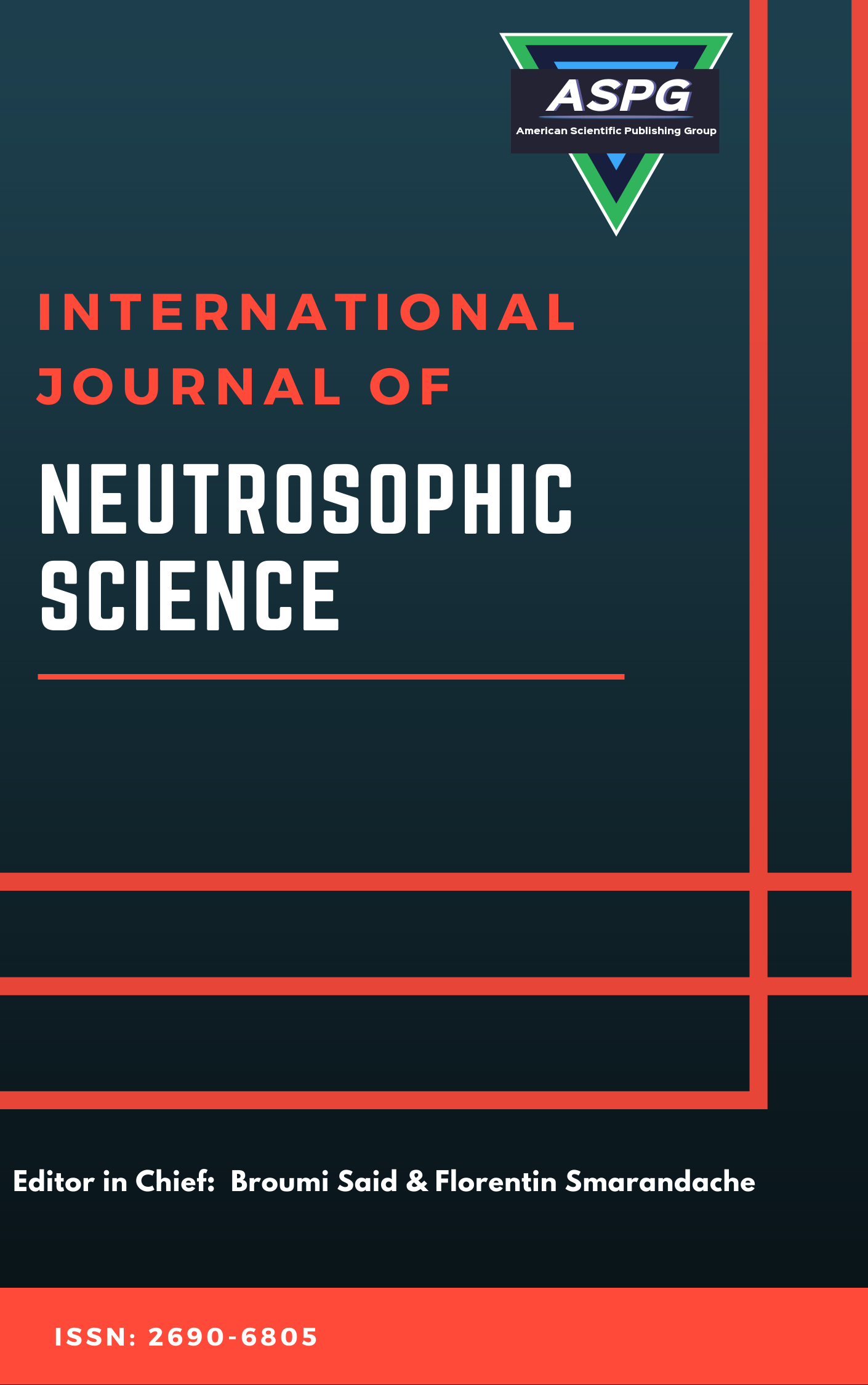

Volume 26 , Issue 4 , PP: 262-268, 2025 | Cite this article as | XML | Html | PDF | Full Length Article
Marina Sagatovna Abdurashidova 1 * , Saziye Yaman 2
Doi: https://doi.org/10.54216/IJNS.260423
The goal of the study is to provide the context, substantiation and formation of a strategic model for development of an innovative educational environment in higher education based on application network interaction principles. The study adopts a holistic systems theoretical approach that integrates systemic, institutional and network theories within a neutrosophy based decision-making model to deal with uncertainties and indeterminacy involved in innovation management at HEI level. The study is based on data collected from different universities and institutions with different profiles in terms of innovation potential. The results lead to a strategic model of networked scientific and innovative activity, including mechanisms for knowledge exchange, technology transfer, and collaborating with industry and government. The model together enabling universities’ effectiveness in producing, disseminating and applying new knowledge proposes three levels of interacting channels. This study is new in merging neutrosophic logic with network interaction theory to develop a flexible decision-making model for strategic development of higher education sector. The paper offers policy consolidators, university heads and academic consultants with practical tips aimed at improving innovation-management as well as educational quality, deepening the synergies between education-sciences-business worlds at Universities.
Educational Environment , Higher Education Management , Teaching and Learning Innovation , Neutrosophic Approach in Education
[1] H. Etzkowitz and L. Leydesdorff, "The dynamics of innovation: From National Systems to a Triple Helix of university–industry–government relations," Res. Policy, vol. 29, no. 2, pp. 109–123, 2000.
[2] J. E. Lane and D. B. Johnston, Higher Education System 3.0: Harnessing Systemness, Delivering Performance. SUNY Press, 2013.
[3] OECD, Innovation and Technology Transfer in Central Asia, 2023.
[4] UNESCO, Higher Education and Digital Innovation in Developing Economies, 2024.
[5] Resolution of the President of the Republic of Uzbekistan No. PP-4524, Nov. 20, 2019.
[6] M. S. Abdurashidova, "Innovative potential of universities of Uzbekistan in the context of the digital economy," 2023.
[7] M. E. Balbaa, M. S. Abdurashidova, and S. K. Nematov, "Digital transformation of innovation management in Central Asian universities," J. Intell. Syst., 2024.
[8] S. K. Nematov and I. A. Yuldashev, "Integration of innovation clusters in Uzbekistan's university sector," 2023.
[9] R. Johnston, Innovation Ecosystems in Emerging Economies: University Leadership and Networks. Springer, 2022.